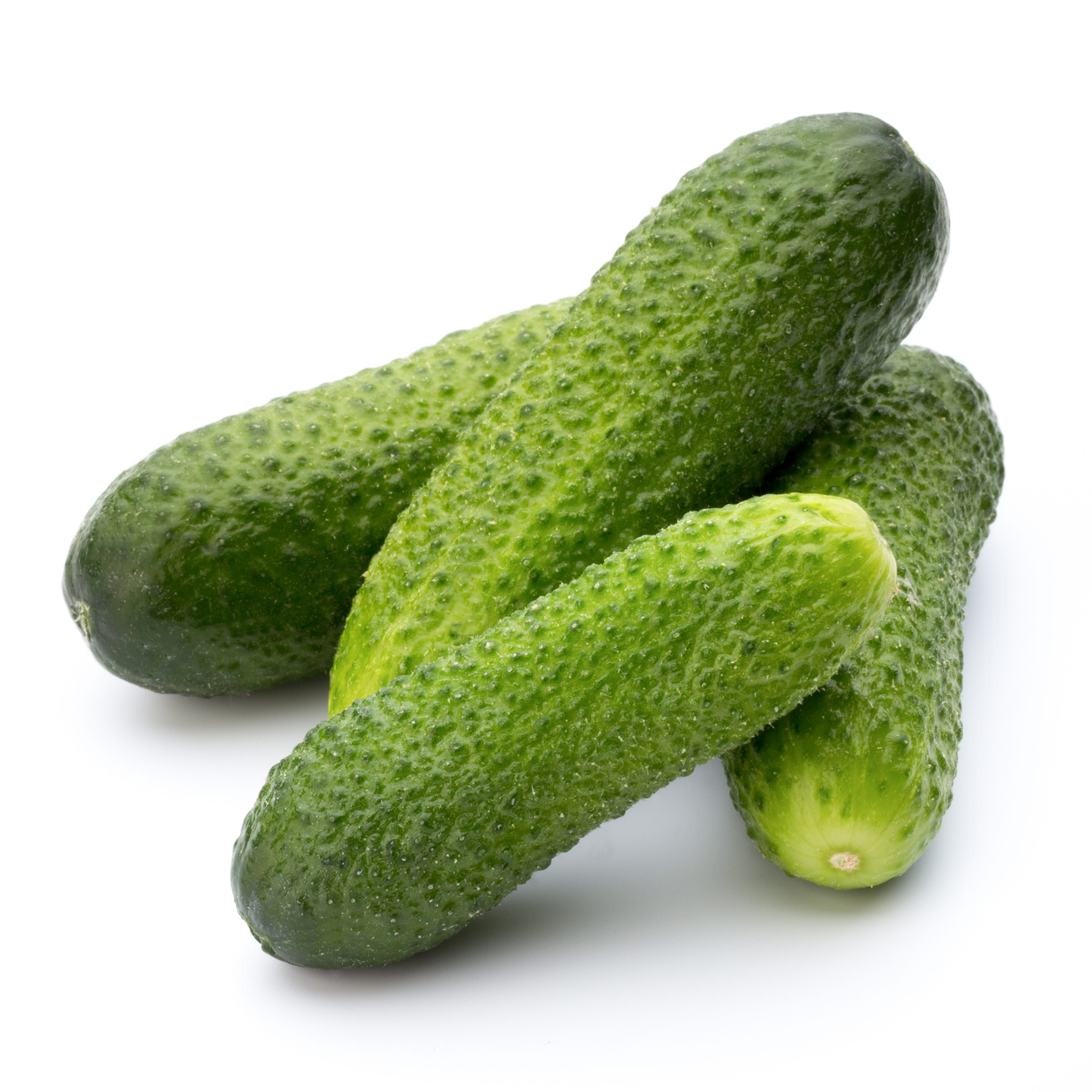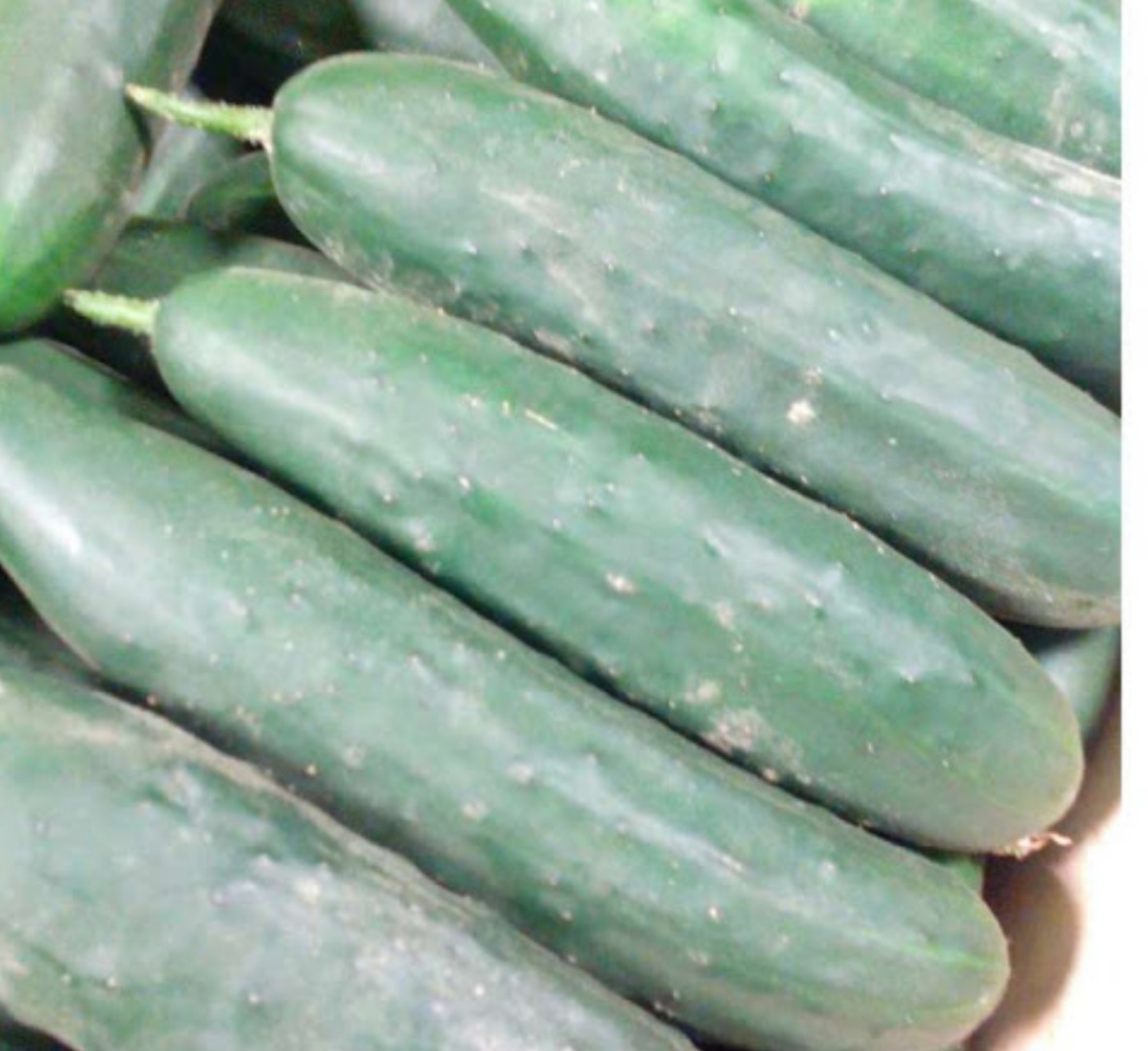Cornichon Or Concombre: The Ultimate Debate For Pickle Lovers
Hey there, food enthusiasts! Today, we're diving deep into a topic that might sound simple but is actually a culinary conundrum for many. Are you team cornichon or team concombre? Let me tell you, this isn’t just about pickles; it’s a cultural, historical, and gastronomical discussion that has been simmering for years. Whether you're munching on a tiny, tangy cornichon or slicing up a juicy cucumber (concombre), understanding the differences can elevate your snack game. So, grab your favorite beverage and let's explore the world of cornichon ou concombre!
Now, you might be wondering why this matters. Well, my friend, it all comes down to taste, texture, and tradition. Cornichons and concombres are both members of the cucumber family, but they have distinct personalities. Cornichons are those adorable little pickles that pack a punch of sourness, while concombres are the fresh, crisp cucumbers you slice for salads or sandwiches. Both are staples in kitchens around the world, but they cater to different cravings and cuisines.
Let’s not forget the cultural significance here. In France, the debate over cornichon ou concombre is almost as heated as the discussions around wine and cheese. It’s not just about what you eat; it’s about how you eat it, when you eat it, and why you choose one over the other. So, buckle up because we’re about to embark on a delicious journey through history, taste buds, and culinary preferences.
Daftar Isi
- The Origins of Cornichon and Concombre
- Key Differences: Cornichon vs Concombre
- A Brief History of Pickling
- Culinary Uses and Pairings
- Nutritional Benefits
- Delicious Recipes Featuring Cornichon and Concombre
- Frequently Asked Questions
- Sources and References
- Conclusion: Which Side Are You On?
- Call to Action
The Origins of Cornichon and Concombre
Alright, let’s rewind a bit. The cornichon and concombre both trace their roots back to the cucumber plant, but their journeys are quite different. Cucumbers (concombres) have been cultivated for thousands of years, with origins dating back to ancient India. They made their way to Europe via trade routes and became a staple in Mediterranean and European diets.
Cornichons, on the other hand, are a French invention. These petite pickles are essentially small cucumbers that are pickled in vinegar and spices. The word "cornichon" itself comes from the Old French word "cornage," meaning "small horn," which perfectly describes their shape. French chefs in the 17th century began experimenting with pickling techniques, and voilà, the cornichon was born.
Why Cornichon Became Famous
So, why did cornichons become such a big deal? Well, it’s all about preservation. Before refrigeration, pickling was one of the best ways to keep food fresh for longer periods. Cornichons became especially popular in France because they paired so well with rich foods like patés and charcuterie. Their tangy flavor balanced out the heaviness of these dishes perfectly.
Key Differences: Cornichon vs Concombre
Now, let’s break it down. What exactly sets cornichons apart from concombres? Here’s a quick rundown:
- Size: Cornichons are small, typically no longer than 2-3 inches, while concombres can grow much larger.
- Taste: Cornichons are sour and tangy due to the pickling process, whereas concombres are fresh, crisp, and mild.
- Texture: Cornichons are firm with a slight crunch, while concombres are juicy and refreshing.
- Usage: Cornichons are often used as garnishes or condiments, while concombres are a key ingredient in salads and sandwiches.
So, which one do you prefer? Are you someone who loves the zesty kick of a cornichon, or do you crave the cool, refreshing crunch of a concombre? Let’s dive deeper into their culinary roles.
A Brief History of Pickling
Pickling is an ancient art that dates back thousands of years. The process involves preserving food in vinegar, salt, or brine to extend its shelf life. In ancient times, pickling was crucial for sailors and travelers who needed food that wouldn’t spoil during long journeys.
France, in particular, mastered the art of pickling and turned it into a culinary tradition. The French developed unique recipes for cornichons, incorporating herbs like tarragon and spices like mustard seed to enhance their flavor. Today, cornichons are synonymous with French cuisine and are a must-have in many classic dishes.
The Global Influence of Pickles
While cornichons are a French favorite, pickles have become a global phenomenon. From Korean kimchi to Indian achar, every culture has its own version of pickled vegetables. What makes cornichons special is their versatility and the way they complement both simple and sophisticated dishes.
Culinary Uses and Pairings
Let’s talk about how you can incorporate cornichons and concombres into your meals. Whether you’re hosting a dinner party or just whipping up a quick sandwich, these ingredients can take your cooking to the next level.
Pairing Cornichons
Cornichons are a natural match for:
- Charcuterie boards
- Burgers and sandwiches
- Cheese plates
- Fish dishes like gravlax
Their tangy flavor adds a burst of acidity that balances out rich, fatty foods. Plus, they’re a great conversation starter at any gathering!
Using Concombres
Concombres shine in dishes that require freshness and hydration. Try them in:
- Greek salads
- Wraps and pitas
- Yogurt-based dips like tzatziki
- Smoothies for a refreshing twist
Concombres are also perfect for juicing or simply munching on as a healthy snack. Their high water content makes them a hydrating choice, especially during hot summer days.
Nutritional Benefits
Both cornichons and concombres offer health benefits, but they differ in terms of nutritional content. Concombres are low in calories and high in water, making them an ideal choice for weight management and hydration. They also contain vitamins C and K, as well as potassium.
Cornichons, while not as hydrating as concombres, are rich in probiotics due to the fermentation process. These beneficial bacteria can support gut health and boost your immune system. However, they are higher in sodium, so moderation is key.
Which One Should You Choose?
It really depends on your dietary needs and preferences. If you’re looking for a low-calorie, hydrating option, go for concombres. If you want to boost your gut health with a tangy kick, cornichons are the way to go.
Delicious Recipes Featuring Cornichon and Concombre
Ready to get cooking? Here are a couple of recipes that showcase the best of both worlds:
Classic Cornichon Salad
Ingredients:
- 1 cup cornichons, chopped
- 2 tbsp Dijon mustard
- 1 tbsp olive oil
- 1 tbsp fresh parsley, chopped
- Salt and pepper to taste
Instructions:
- In a mixing bowl, combine the chopped cornichons, Dijon mustard, olive oil, and parsley.
- Season with salt and pepper to taste.
- Mix well and serve as a side dish or topping for sandwiches.
Refreshing Concombre Smoothie
Ingredients:
- 1 large cucumber, peeled and chopped
- 1 cup coconut water
- 1 lime, juiced
- 1 tbsp honey (optional)
- Ice cubes
Instructions:
- Blend the cucumber, coconut water, lime juice, and honey (if using) until smooth.
- Add ice cubes and blend again for a chilled drink.
- Pour into glasses and enjoy!
Frequently Asked Questions
Got questions? Here are some common queries about cornichons and concombres:
- Are cornichons just small cucumbers? Yes, cornichons are a type of small cucumber that are pickled to develop their unique flavor.
- Can I substitute cornichons for regular pickles? In most cases, yes! However, keep in mind that cornichons have a more intense flavor.
- Are concombres healthy? Absolutely! They’re low in calories, high in water, and packed with vitamins and minerals.
Sources and References
Here are some credible sources that informed this article:
- History.com – For historical context on pickling.
- WebMD – For nutritional information on cucumbers and pickles.
- Epicurious – For recipe inspiration.
Conclusion: Which Side Are You On?
So, there you have it – the lowdown on cornichon ou concombre. Both have their merits and can add depth and flavor to your meals. Whether you’re team cornichon or team concombre, the key is to enjoy them in moderation and appreciate their unique qualities.
Remember, food is all about balance. Cornichons bring the tang, while concombres provide the freshness. Why not embrace both and create a harmonious plate that satisfies your cravings?
Call to Action
Now it’s your turn! Share your thoughts in the comments below. Are you team cornichon or team concombre? Have you tried any of the recipes mentioned? Let’s keep the conversation going and inspire each other to explore new flavors and cuisines. And don’t forget to check out more articles on our website for all things food and drink. Happy eating!



Detail Author:
- Name : Prof. Laurie Miller
- Username : phintz
- Email : guadalupe.osinski@dietrich.net
- Birthdate : 1980-12-30
- Address : 3053 May Forges Suite 835 Lake Laurianetown, NE 85544-8542
- Phone : +1.678.219.2692
- Company : Cartwright and Sons
- Job : Brickmason
- Bio : Maiores dolor qui ad laudantium. Architecto quis repellendus rem facilis et iste labore sequi. Voluptas aut ut aliquid incidunt.
Socials
instagram:
- url : https://instagram.com/hildegard_mraz
- username : hildegard_mraz
- bio : Earum quia quam vel quae veniam. Quaerat qui nemo et natus corrupti modi.
- followers : 1095
- following : 1246
tiktok:
- url : https://tiktok.com/@mraz2020
- username : mraz2020
- bio : Ut repudiandae totam voluptatem officiis nostrum.
- followers : 974
- following : 1315